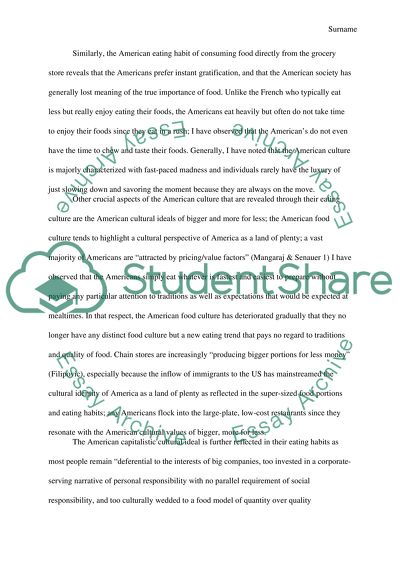Cite this document
(“How does the way Americans consume food, from the grocery store to the Essay”, n.d.)
Retrieved from https://studentshare.org/miscellaneous/1640840-how-does-the-way-americans-consume-food-from-the-grocery-store-to-the-plate-reflect-on-americas-larger-cultural-values
Retrieved from https://studentshare.org/miscellaneous/1640840-how-does-the-way-americans-consume-food-from-the-grocery-store-to-the-plate-reflect-on-americas-larger-cultural-values
(How Does the Way Americans Consume Food, from the Grocery Store to the Essay)
https://studentshare.org/miscellaneous/1640840-how-does-the-way-americans-consume-food-from-the-grocery-store-to-the-plate-reflect-on-americas-larger-cultural-values.
https://studentshare.org/miscellaneous/1640840-how-does-the-way-americans-consume-food-from-the-grocery-store-to-the-plate-reflect-on-americas-larger-cultural-values.
“How Does the Way Americans Consume Food, from the Grocery Store to the Essay”, n.d. https://studentshare.org/miscellaneous/1640840-how-does-the-way-americans-consume-food-from-the-grocery-store-to-the-plate-reflect-on-americas-larger-cultural-values.


